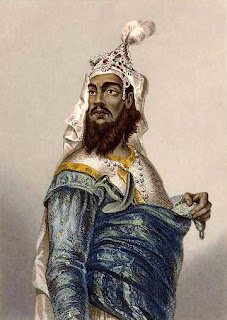Somapura Mahavihara, a UNESCO World Heritage Site

First level plinth at Somapura Mahavihara/ Image source One of the famous Buddhist monasteries in ancient India, Somapura Mahavihara , the remains of which are located at the Paharpur archaeological site in the Naogaon district of Bangladesh , was built by the second Pala ruler Dharmapala (r. 770- c.810). The Pala rulers were great patrons of Buddhism and built several monasteries. Somapura Mahavira is one of the best few preserved Buddhist monasteries to survive the Muslim invasions under Afghan military chief Ikhtiyar- al-Din Muḥammad Bakhtiyar Khalji, popularly known as Bakhtiyar Khilji . The other famous Buddhist monastery of Vikramshila (in the Bhagalpur district of Bihar), built by Dharampala , was destroyed by Bakhtiyar Khilji. Missions sent from Vikramshila monastery resulted in the establishment of Vajrayana form of Buddhism in Tibet in 11th century AD.




